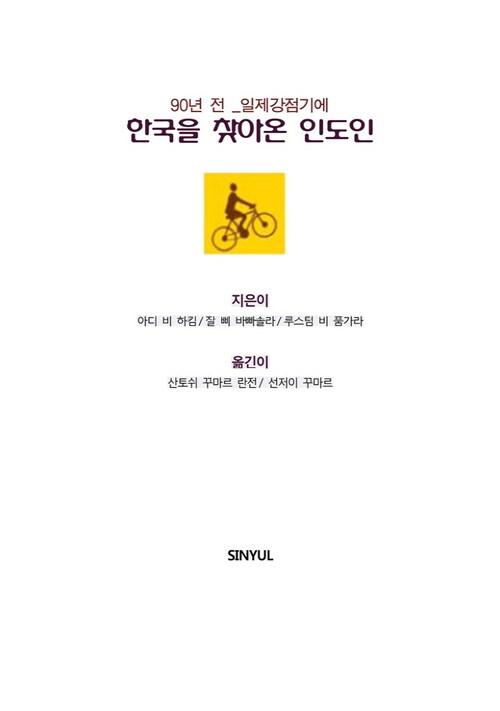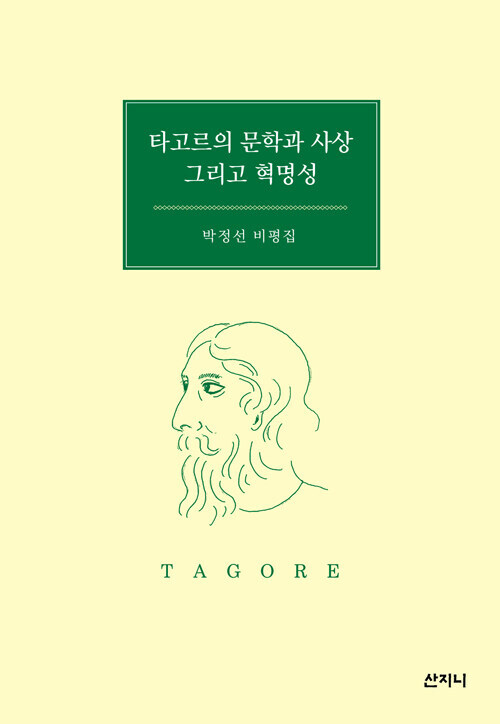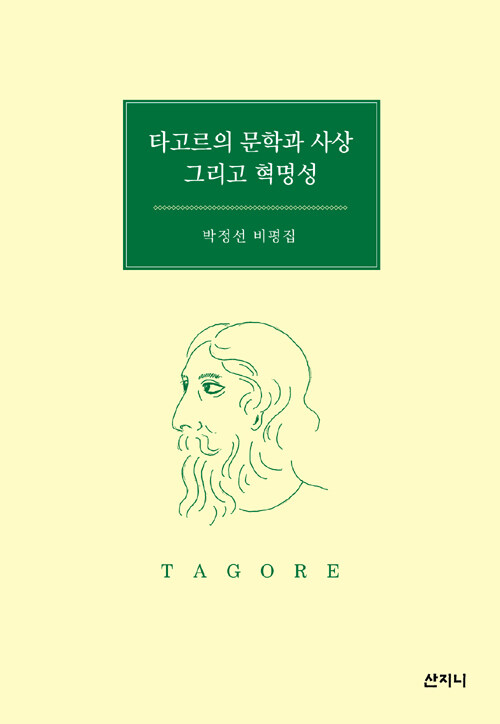[eBook] 일제강점기, 한국을 찾아온 인도인 : 타골의 고향 청년이 소개하는 동방의 조용한 나라
아디 비 하킴 (Adi B. Hakim),잘 삐 바빠솔라 (Jal P. Bapasola),루스텀 비 품가라(Rustom B. Bhumgara) (지은이),산토쉬 꾸마르 란전 (엮은이)SINYUL2014-09-23



전자책정가
1,500원
판매가
1,500원
쿠폰할인가
1,350원
10% 할인쿠폰 받기

마일리지
70원(5%) + 멤버십(3~1%)
+ 5만원이상 구매시 2,000원

Sales Point : 13

이 책 어때요?
카드/간편결제 할인

무이자 할부

소득공제 70원


eBook 장바구니 담기
eBook 바로구매
선물하기
보관함 +
배송상품이 아닌 알라딘 뷰어에서 이용 가능한 디지털상품이며, 프린트가 불가합니다.
이용 안내
다운로드

기본정보
파일 형식 : ePub(129 KB)
TTS 여부 : 지원
종이책 페이지수 : 약 42쪽 (신국판기준, 152*225), 약 2.9만자, 약 0.7만 단어
가능 기기 : 크레마 그랑데, 크레마 사운드, 크레마 카르타, PC, 아이폰, 아이패드, 안드로이드 폰/탭, 크레마 샤인
ISBN : 9788966980932
주제 분류
신간알리미 신청
eBook > 역사 > 한국근현대사 > 항일시대
eBook > 인문학 > 문화/문화이론 > 한국학/한국문화 > 외국인이 본 한국
이벤트

한 달 한 권 #역사

봄맞이 책 읽을 결심 : 책나들이 적립금 최대 1500원

4월 특별 선물. 어린 왕자 캐리어 커버 · 에코백 (이벤트 도서 포함 국내서·외서 5만원 이상)

캔디보다 더 달콤하게, 3일간 즐기는 적립금 초코

4월의 eBook 특별 선물, 나들이 가방 : eBook 3만원 이상 구매 시

오늘의 추천 eBook(일반) + 4월 쿠폰북 (매일 적립금, 10% 쿠폰)

오늘의 추천 eBook(장르) + 4월 쿠폰북 (매일 적립금, 10% 쿠폰)
책소개
뭄바이의 한 역도클럽의 회원이었던 이 열정의 사나이들은 1926년 2월에 한국의 부산에 도착했다. ‘코리아’로 알려진 한국을 “붕괴된 중국제국의 북동쪽인 일본해와 황해 사이에 위치해 있으며 세계적으로 ‘조선 혹은 고요한 아침의 나라’라는 명칭을 가진 반도”로 인식하고 있었다.
자와할랄 네루, 베니토 무솔리니 등 여러 명의 찬미자들의 저서에서도 언급했던 이들의 세계여행 중 한국 기록을 들여다 본다.
목차
들어가는 말
한국-은자(隱者)의 왕국
Korea-The Hermit Kingdom
저자 및 역자소개
아디 비 하킴 (Adi B. Hakim) (지은이)
저자파일
신간알리미 신청
세 명의 인도인 여행가, 아디 비 하킴 (Adi B. Hakim)? 잘 삐 바빠솔라 (Jal P. Bapasola)? 루스텀 비 품가라(Rustom B. Bhumgara)는 1923년 10월 23일부터 1928년 3월까지 약 4년 5개월 동안 44,000여 마일을 자전거로 여행했다. 그들은 유럽, 미국, 일본을 거쳐 한국으로 들어왔고 이후 중국, 베트남과 동남아시아 국가를 거쳐서 인도로 돌아갔다.
자전거 세계여행은 『With Cyclists around the World』라는 제목의 책으로 발간되었는데 이 중 제22편에는 이들이 만난 한국 경험담이 실려 있다.
뭄바이의 한 역도클럽의 회원이었던 이 열정의 사나이들은 1926년 2월에 한국의 부산에 도착했다. ‘코리아’로 알려진 한국을 “붕괴된 중국제국의 북동쪽인 일본해와 황해 사이에 위치해 있으며 세계적으로 ‘조선 혹은 고요한 아침의 나라’라는 명칭을 가진 반도”로 인식하고 있었다.
자와할랄 네루, 베니토 무솔리니 등 여러 명의 찬미자들의 저서에서도 언급했던 이들의 세계여행 중 한국 기록을 들여다 본다.
접기
잘 삐 바빠솔라 (Jal P. Bapasola) (지은이)
저자파일
신간알리미 신청
세 명의 인도인 여행가, 아디 비 하킴 (Adi B. Hakim)? 잘 삐 바빠솔라 (Jal P. Bapasola)? 루스텀 비 품가라(Rustom B. Bhumgara)는 1923년 10월 23일부터 1928년 3월까지 약 4년 5개월 동안 44,000여 마일을 자전거로 여행했다. 그들은 유럽, 미국, 일본을 거쳐 한국으로 들어왔고 이후 중국, 베트남과 동남아시아 국가를 거쳐서 인도로 돌아갔다.
자전거 세계여행은 『With Cyclists around the World』라는 제목의 책으로 발간되었는데 이 중 제22편에는 이들이 만난 한국 경험담이 실려 있다.
뭄바이의 한 역도클럽의 회원이었던 이 열정의 사나이들은 1926년 2월에 한국의 부산에 도착했다. ‘코리아’로 알려진 한국을 “붕괴된 중국제국의 북동쪽인 일본해와 황해 사이에 위치해 있으며 세계적으로 ‘조선 혹은 고요한 아침의 나라’라는 명칭을 가진 반도”로 인식하고 있었다.
자와할랄 네루, 베니토 무솔리니 등 여러 명의 찬미자들의 저서에서도 언급했던 이들의 세계여행 중 한국 기록을 들여다 본다.
접기
루스텀 비 품가라(Rustom B. Bhumgara) (지은이)
저자파일
신간알리미 신청
세 명의 인도인 여행가, 아디 비 하킴 (Adi B. Hakim)? 잘 삐 바빠솔라 (Jal P. Bapasola)? 루스텀 비 품가라(Rustom B. Bhumgara)는 1923년 10월 23일부터 1928년 3월까지 약 4년 5개월 동안 44,000여 마일을 자전거로 여행했다. 그들은 유럽, 미국, 일본을 거쳐 한국으로 들어왔고 이후 중국, 베트남과 동남아시아 국가를 거쳐서 인도로 돌아갔다.
자전거 세계여행은 『With Cyclists around the World』라는 제목의 책으로 발간되었는데 이 중 제22편에는 이들이 만난 한국 경험담이 실려 있다.
뭄바이의 한 역도클럽의 회원이었던 이 열정의 사나이들은 1926년 2월에 한국의 부산에 도착했다. ‘코리아’로 알려진 한국을 “붕괴된 중국제국의 북동쪽인 일본해와 황해 사이에 위치해 있으며 세계적으로 ‘조선 혹은 고요한 아침의 나라’라는 명칭을 가진 반도”로 인식하고 있었다.
자와할랄 네루, 베니토 무솔리니 등 여러 명의 찬미자들의 저서에서도 언급했던 이들의 세계여행 중 한국 기록을 들여다 본다.
접기
산토쉬 꾸마르 란전 (엮은이)
저자파일
신간알리미 신청
SANTOSH KUMAR RANJAN (산토쉬 꾸마르 란전)
2012~현재 연세대학교 국제학대학원 한국학과 박사과정 재학 중
2010~2012 한국학중앙연구원 한국학대학원 한국문화학 석사졸업
2010~2012 한국학중앙연구원 국비 장학생
2008~2009 한국국제교류재단 펠로
2003~2008 네루대학교 한국어학과 학사 · 석사졸업
SANJAY KUMAR (선저이 꾸마르)
2013~현재 강원대학교 철학과대학원 박사과정 재학 중
2010~2013 강원대학교 외국인을 위한 한국학과정 석사졸업
2009~2013 대한민국 정부초청 대학원장학생
2006~2009 네루대학교 한국어학과 학사졸업
역자들의 논문으로는 〈식민지시대 인도와 한국의 민족주의 링키즈〉, 〈인도인의 한국문화인식〉이 있으며 현재 〈1915년 한국을 방문하여 힌디어로 기행문을 남긴 시워 쁘라사드 굽타의 힌디어로 된 기행문과 힌디문학에서 기행문의 아버지로 알려진 라훌 산크리타연의 1935년 때 올리셨던 한국기행문〉을 번역 중이며 향후 〈한국과 인도의 상호 교류사〉집필을 위한 자료 수집중이다. 접기




